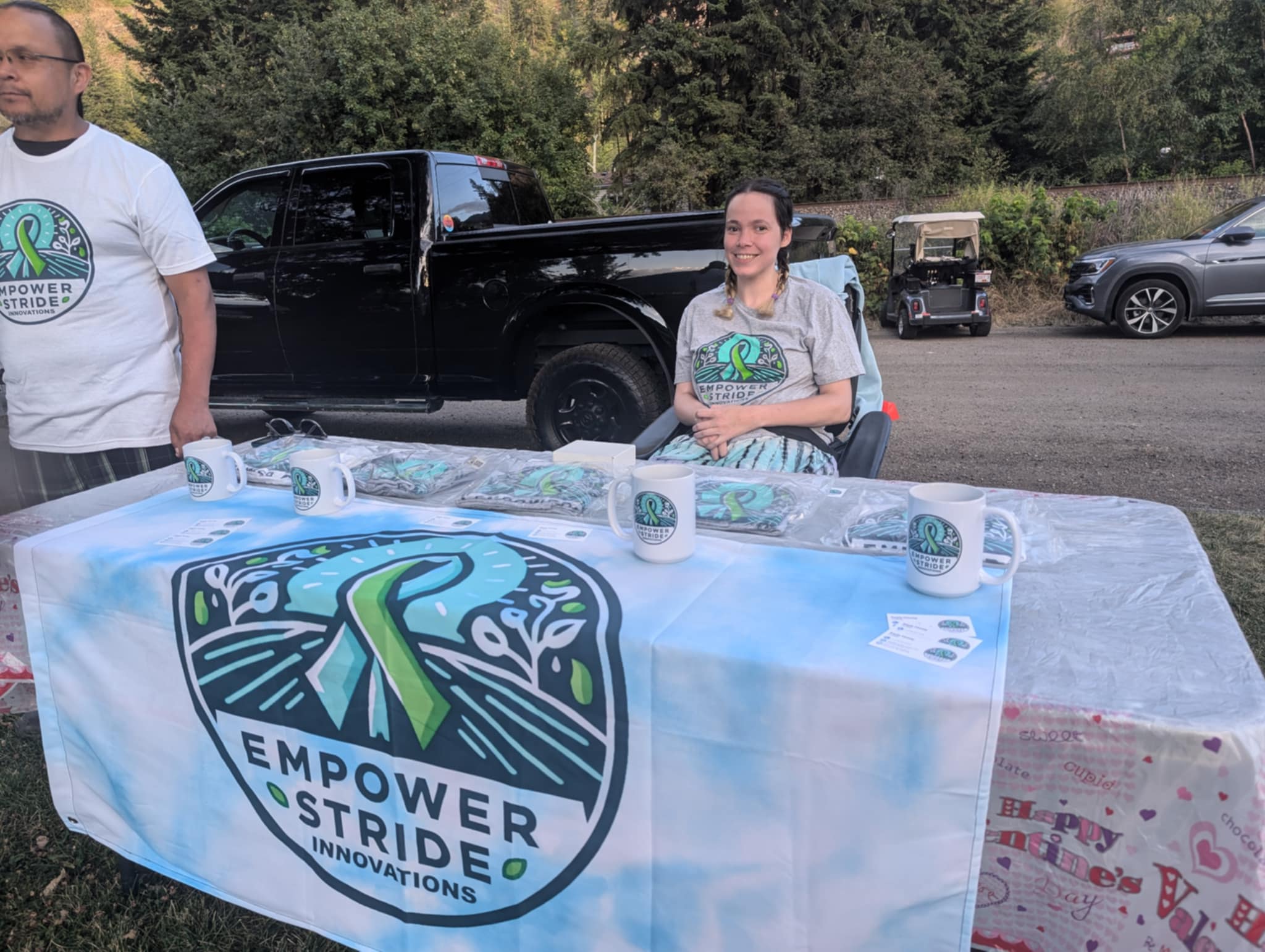Assistive Technology Development and Access
Assistive Technology Development and Access
Project Overview
The Assistive Technology Development and Access initiative aims to develop, enhance, and increase access to assistive technologies for individuals with disabilities in Canada. The project focuses on creating innovative solutions, improving existing technologies, and providing access to these tools to empower individuals with disabilities, enhancing their independence, communication, and quality of life.
Objectives
- Develop Innovative Assistive Technologies: Create new and improve existing assistive technologies to meet the diverse needs of individuals with disabilities.
- Increase Access: Ensure that assistive technologies are accessible and affordable for individuals with disabilities and their families.
- Raise Awareness: Promote awareness and understanding of the importance and benefits of assistive technologies among the public, healthcare professionals, and policymakers.
- Support Training and Education: Provide training and support to individuals with disabilities, caregivers, and professionals on the use of assistive technologies.
- Collaborate with Stakeholders: Work with technology developers, healthcare providers, and disability organizations to foster innovation and accessibility.
Target Audience
- Individuals with disabilities (physical, sensory, intellectual, and developmental).
- Families and caregivers of individuals with disabilities.
- Healthcare professionals, educators, and rehabilitation specialists.
- Technology developers and companies focused on assistive technologies.
- Location: Focus on [specific region/province in Canada].
Activities and Programs
- Research and Development (R&D): Invest in the research and development of new assistive technologies, including prototypes and pilot testing.
- Technology Enhancement: Improve existing assistive devices and technologies based on user feedback and technological advancements.
- Access Programs: Create programs to subsidize or provide low-cost assistive technologies to individuals in need.
- Training and Support Services: Offer workshops, training sessions, and support services for individuals, families, and professionals on using and maintaining assistive technologies.
- Awareness Campaigns: Launch public awareness campaigns to educate the community about the benefits and availability of assistive technologies.
- Collaboration and Networking: Establish a network of stakeholders, including technology developers, healthcare providers, and disability organizations, to foster innovation and share best practices.
Budget Breakdown
- Personnel Costs: Researchers, technology developers, trainers, program coordinators, and support staff.
- Researchers and Developers: $100,000
- Trainers: $40,000
- Program Coordinators: $30,000
- Support Staff: $20,000
- Research and Development Costs: Costs for prototype development, testing, and technology enhancement.
- Prototype Development and Testing: $100,000
- Technology Enhancement: $50,000
- Access and Distribution Programs: Subsidies, grants, and distribution costs for assistive technologies.
- Access Program Funding: $100,000
- Training and Educational Materials: Costs for developing training programs and materials.
- Training Sessions and Workshops: $20,000
- Educational Materials: $10,000
- Marketing and Outreach: Costs for awareness campaigns and outreach activities.
- Marketing and Promotion: $15,000
- Outreach Activities: $10,000
- Miscellaneous: Insurance, permits, and contingency.
- Insurance and Permits: $5,000
- Contingency: $10,000
- Total Estimated Budget: $510,000
Evaluation and Impact Measurement
- Technology Development Metrics: Track the number of new technologies developed and existing technologies enhanced.
- Access and Distribution Metrics: Monitor the distribution and accessibility of assistive technologies to individuals in need.
- User Feedback: Collect feedback from users, families, and professionals on the effectiveness and usability of assistive technologies.
- Training and Awareness Outcomes: Evaluate the effectiveness of training programs and awareness campaigns through surveys and feedback.
- Outcome Reports: Prepare quarterly and annual outcome reports to stakeholders and funders.
Sustainability Plan
- Partnership Development: Establish long-term partnerships with technology developers, healthcare providers, and disability organizations.
- Innovation and Improvement: Continuously invest in R&D to innovate and improve assistive technologies.
- Fundraising and Donations: Organize fundraising events and seek ongoing donations from community members, corporate sponsors, and philanthropic organizations.
- Grant Applications: Continuously apply for additional grants and funding opportunities to sustain and expand the program.
- Program Expansion: Explore opportunities to expand access to assistive technologies to other regions based on demand and success.
Conclusion
The Assistive Technology Development and Access initiative is designed to empower individuals with disabilities by providing innovative and accessible assistive technologies. By focusing on development, access, training, and awareness, this project aims to enhance independence, communication, and quality of life for individuals with disabilities, fostering a more inclusive and equitable society.
